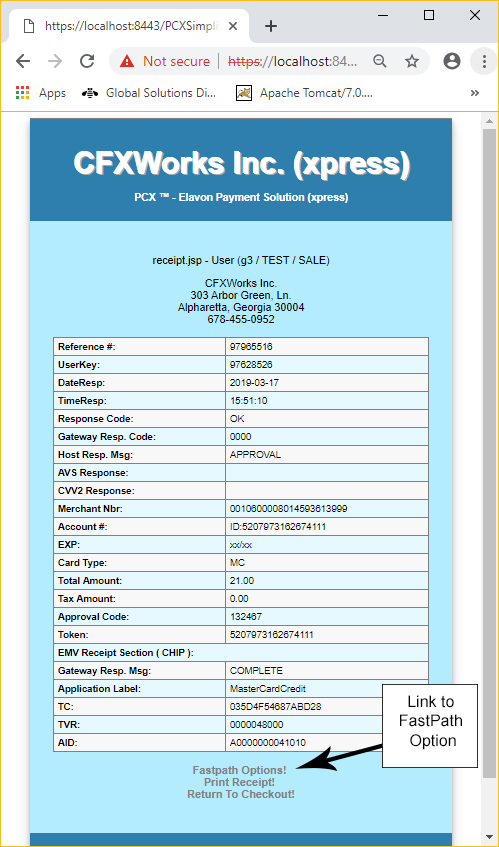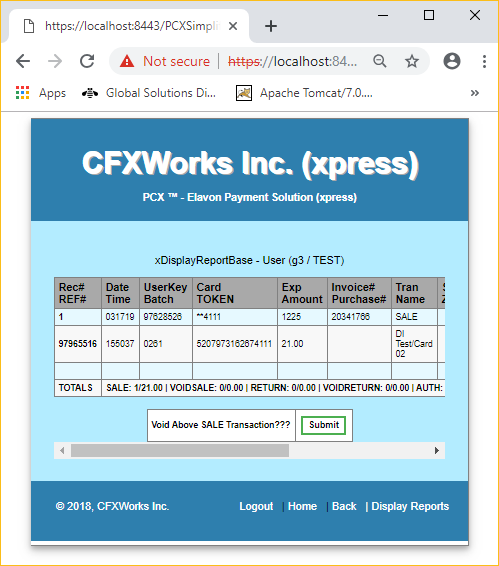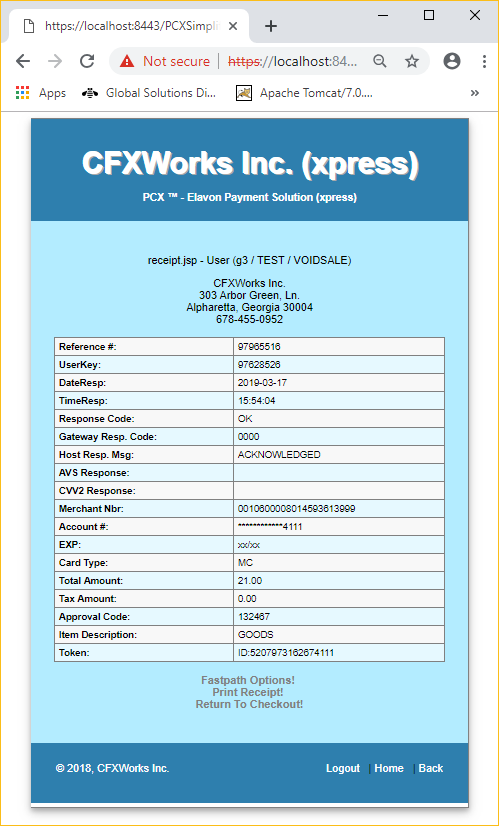Reasons to Swap Out Your Current Credit Card Solution and replace it with PaymentCardXpress® (PCX) - #6 Supports FastPath Analytics
What is “FastPath Analytics”?
FastPath (New in 2019) – Several of the commonly used transaction types require the user to run multiple transactions to complete the processing cycle. For example, a transaction authorized, but not captured, requires the merchant to either capture, reverse, or partially reverse the original authorized transaction to complete the cycle. This could be done by manually running each subsequent transaction and retyping the required information (transaction type, reference number, amount, expiration date and token) for each. This is time-consuming and very prone to error. Instead, one could use PaymentCardXpress’ new FastPath feature to effortlessly perform the desired tasks using a single click of a FastPath “Submit” button. NO RETYPING necessary when using FastPath and NO OPPORTUNITY FOR TYPING ERRORS.
A simple example of using the FastPath option is as follows. After running a SALE transaction, PCX displays a receipt like to the following:

Figure 1 –Sales Receipt
Note the link to the FastPath Option shone in Figure 1. Clicking on this link causes a FastPath menu like that displayed in Figure 2 to be displayed

Figure 2 –FastPath Menu
After running a SALE transaction, one might decide that an error occurred and they want to VOID the sale. FastPath will run the VOIDSALE transaction by simply clicking on the Submit button, NO RETYPING NECESSARY and NO POSSABILITY FOR A TYPING ERROR!
Figure 3 illustrates the result of running the VOIDSALE transaction

Figure 3 – VOIDSALE Result
Note… The VOIDSALE transaction was run immediately WITHOUT RETYPING and ELIMINATING THE OPPORTUNITY FOR A TYPING ERRORS.
What does FastPath mean to me?
CFXWorks believes that it means:
- Less time retyping card information!
- Less opportunity for error!
- Less skill intensity!
- Lower cost!